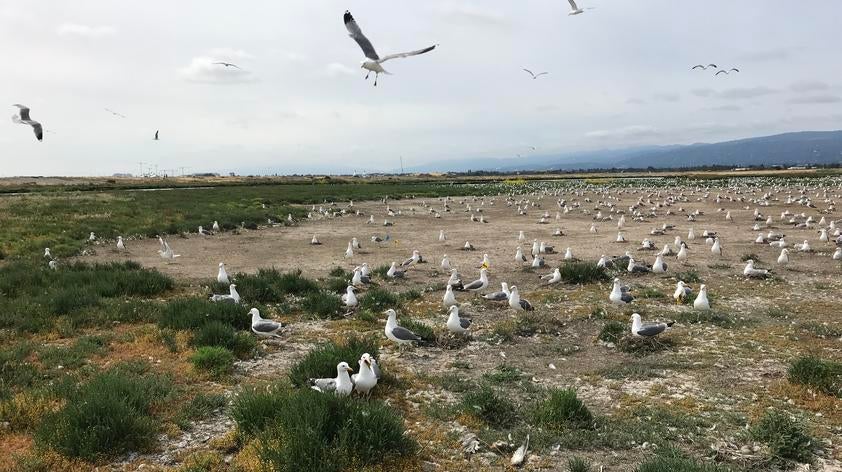
Looking for Birds in All the Right Places
There is a vivid memory that has stuck with me ever since I did my first research project on animal behavior, back when I was still an undergraduate student. I remember reading study after study on the population dynamics of gibbons in the wild that discussed interesting trends, but concluded with the same disclaimer: the study had only included data from one or two years, which was not nearly enough to demonstrate any patterns.
And then I stumbled upon a hidden gem.
One set of authors had found records that had been kept on the local gibbon population dating back twenty years and were able to draw much more robust conclusions.
Many meaningful trends in population dynamics or animal behavior require years or generations to emerge. And the reality of most research projects is that there is neither the time nor funding to collect data for that long.
In today’s world of fast-moving threats to wildlife, often by the time someone notices a concerning change it is too late to collect valuable baseline data for comparison. This reality and that one paper I found doing my gibbon research are what drew me into the world of citizen/community science. They also drew me to the San Francisco Bay Bird Observatory (SFBBO), a small conservation nonprofit located in Milpitas, CA where I have been a Science and Outreach Intern since January 2019.
SFBBO’s mission is to conserve birds and their habitats through science and outreach. The organization was founded in 1981 and has been monitoring avian populations ever since.
One of the programs that I have been most heavily involved with is their Colonial Waterbird Program. Fueled completely by volunteer citizen scientists, this program has collected nearly 40 years of data about the status of breeding heron, egret, comorant, gull, and tern colonies around San Francisco Bay. This tremendously valuable data set is readily shared with conservation partners, land managers, students, and anyone else wanting to know more about these populations.
Beyond my primary role supervising the Colonial Waterbird Program, I have had the opportunity to contribute to a variety of other field surveys tracking the health and status of Bay Area birds. These include breeding surveys for the threatened western snowy plover (Charadrius nivosus nivosus) and California gulls (Larus californicus). This time interning with SFBBO has been an invaluable learning experience that I could not have gotten in the classroom.
My Master Plan is focused on describing direct human threats to urban wildlife, which include things such as vehicle strikes, window strikes, and domestic cat predation. These topics are particularly important in the Bay Area, where millions of people live alongside critical natural habitats. The work that I have done with SFBBO has taught me much about our local ecosystems and sharpened my skills in the field.
The fact that I could use that work for course credit in the Advanced Inquiry Program gave me the ability to say yes whenever an opportunity came up to experience new aspects of work as a field biologist. I am grateful that AIP offered me the flexibility to customize my education and dedicate myself to contributing to such a great organization.













